On her sixth studio album, the former TRL star writes and sings with worldly wisdom and plaintive abandon.
Having outlived the breathless infatuations of her early songbook, TRL survivor Vanessa Carlton now seeks transcendence in the interstices: midnight walks down cold city blocks, pregnant pauses, and marginal, hard-won absolution. Demarcated by 2011’s Rabbits on the Run, a foreboding record about turning 30 amidst Manhattan’s waning charms, Carlton’s late period is highlighted by 2015’s Liberman, an arresting work rife with gothic imagery delivered at an omniscient remove. All that remains of her first singles is a theatrical flair and plaintive abandon.
While she’s scaled back on her meticulous string arrangements, she fills her songs with winding asides and interludes, confessionals which build to rapturous climaxes and end with stray bars or abandoned verses. “The Only Way to Love,” the centerpiece of her sixth full-length Love Is an Art, is a declaration which accretes in momentum and instrumental layers. The chorus surges in fits and starts; it has a bedeviling bridge and a hopeful coda. The symbolism is a bit overwritten—as ever, there’s an abundance of wayward soldiers and nautical expeditions—but the way Carlton vacillates between first and second person lends a worldly wisdom to her insights.
Carlton’s lyrics are threaded with affirmative truisms, like teenaged diaries edited by an older, wiser life coach. “This place won’t bite, but it won’t save you either,” she sings on the otherwise intimate “Future Pain,” which swells with warm guitars before culminating in a stirring instrumental breakdown. The mid-album interlude “Patience” offers assurance from an opposite shore: “You will wait for it/You will know when it’s right/Please let go/When you can’t control.” On the more enigmatic songs, Carlton scales up her narrative scope by acting as an observer rather than the protagonist, an impressionistic technique she deployed successfully throughout Liberman.
Between her allusive lyrics and percussion-free ballads, Carlton’s never quite approached easy listening, although Love Is an Art is her most ambient record to date. Since Rabbits on the Run, she’s applied a spacious reverb which burnishes her lilting voice and lends the piano a cascading effect, raising the dramatic stakes of her songs’ quiet moments. The sparse electronica and disembodied vocals of “I Can’t Stay the Same” evoke New Age, and the title track’s forceful piano chords stand in for the dizzying keyboard runs she once favored. On the songs with any drums to speak of—it’s about a 50/50 split—the snare advances at a slow, emphatic march.
As an album artist, Carlton’s been deliberate: there’s the album about fleeing her life for New York, the one about fleeing New York for her life, and the suite of wry set pieces submitted as anonymous demos. These albums were tensely plotted, almost operatic, while Love Is an Art suffers a bit from a lack of stage direction. “Back to Life” and “Salesman” are lively arrangements with luminous melodies, but their placement at the record’s end underscores the more dirge-like pace of its first half. There are a few oblique paeans to motherhood, yet Carlton remains most inspired by the switchbacks of romantic love; the anthropomorphic metaphors of “Companion Star” and “I Know You Don’t Mean It” feel too much like abstractions.
“Bad boys become sad boys, it’s only cute when you’re young,” she proclaims on “Future Pain.” By now Carlton understands the pull of self-pity, and on Love Is an Art melancholy is less an affliction than a depth to be plumbed. Coming from a songwriter who loves blindly and aches desperately, the silver linings count.
View the original article here





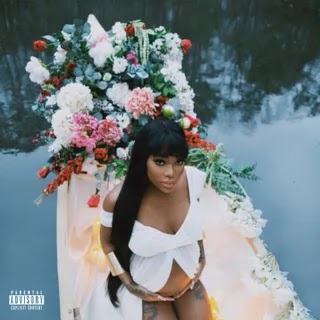
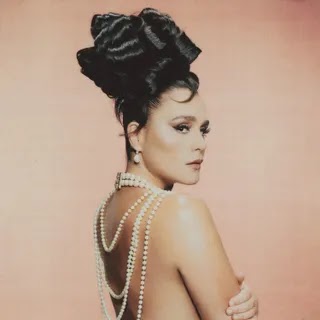
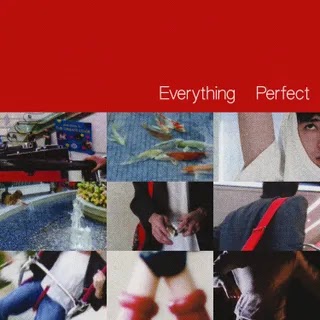

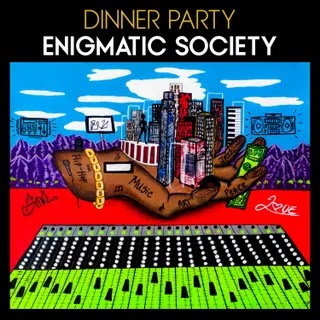
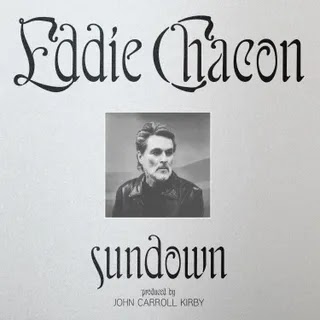

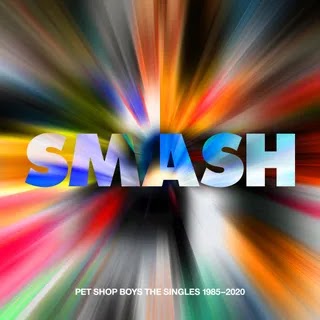



0 comments:
Post a Comment